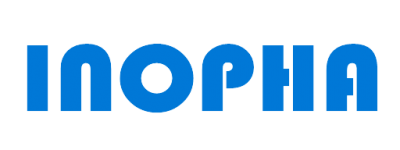Both children and adults can get fungal infections. Fungal infections can be focal or systemic. Here we introduce appilcation of anitifungal drugs on pediatric patients.
Dermatophytosis
For tinea corporis, topical drugs are recommended for pediatric patients. Imidazoles, including clotrimazole, miconazole, econazole, bifonazole, ketoconazole, thioconazole, sertaconazole etc and allylamines drugs including terbinafine, butenafine and Naftifine, etc are the most commonly used. It is suggested that if the skin lesions are too large or there is obvious vellus hair involvement, oral antifungal drugs, such as terbinafine, itraconazole, and fluconazole, can be considered to use for pediatric patients.
Tinea versicolor
Topical treatment is the first-line therapy for Tinea versicolor for pediatric patients. 2.5% selenium disulfide lotion and 2% ketoconazole lotion (2 to 3 times/week) can be used, and azole and acrylamine creams or gels can be used too. For patients with large rash or treatment resistance, systemic therapy such as itraconazole and fluconazole can be used as the first choices.
Sporothriosis
Itraconazole, potassium iodide solution, terbinafine, etc can be used alone or in combination for thre treatment of Sporothriosis. However, potassium iodide solution is not recommended for disseminated, cutaneous and immunosuppressed pediatric patients.
Candidaemia
Recommended drug for Candidaemia treatment are echinocandins (such as caspofungin and micafungin), amphotericin B liposome, fluconazole and voriconazole. Please note that echinocandins are more recommended for Candida glabrata and Candida krusei infections, and fluconazole is the first choice for Candida parapsilosis infections.
